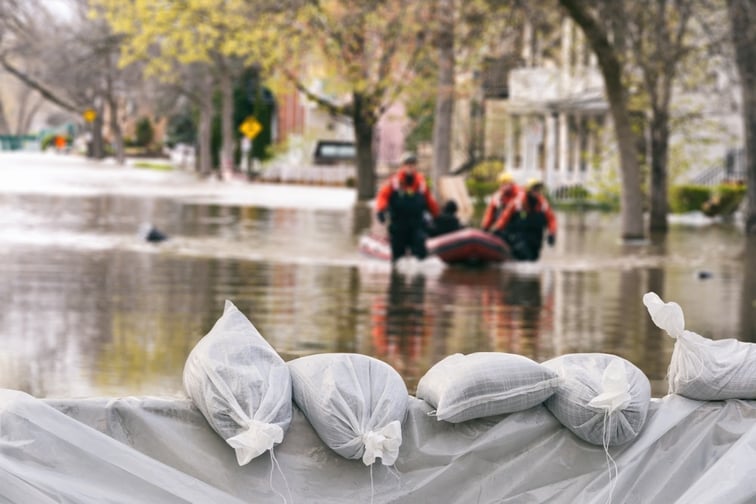

Insurance Australia Group (IAG) has launched its new Climate Action Plan, “Towards 2030,” which builds upon the company’s previous FY22-24 Climate & Disaster Resilience Action Plan.
The new plan outlines IAG’s revised emissions reduction targets for 2030 and its strategy for contributing to a low-carbon, climate-resilient economy.
IAG managing director and CEO Nick Hawkins stated that the increasing urgency of climate action has reinforced the company’s commitment to helping Australian and New Zealand communities adapt to climate impacts and transition towards a net-zero future.
“The need to act on climate change has never been more urgent, and we’re proud to play our part,” he said.
IAG aims to achieve net-zero emissions across its operations by 2050 and is also focusing on enhancing climate resilience while leveraging opportunities arising from the shift to a low-carbon economy.
IAG plans to lower its scope 1 and 2 emissions in line with a 1.5°C global warming target and build climate resilience within its direct operations.
Recognising its broader influence, IAG seeks to accelerate the transition to net-zero emissions across its value chain, including customers, suppliers, and partners.
IAG will advocate for systemic change through partnerships aimed at increasing climate resilience in communities and share climate risk insights with governments and industry stakeholders.
The plan includes updated emissions reduction targets, aiming for net-zero scope 1 and 2 emissions by FY30 based on a FY24 baseline.
Additionally, IAG plans to cut upstream operational scope 3 emissions by 50% from the same baseline. Progress on these targets and broader goals will be reported in future IAG annual reports.
The release of IAG’s Climate Action Plan comes as the Insurance Council of Australia (ICA) reports a significant increase in the economic impact of extreme weather events across the country.
According to the ICA’s Insurance Catastrophe Resilience Report 2023-24, the financial toll of such events has more than tripled over the past 30 years.
The report, published this month, indicated that insured losses from declared catastrophes have grown from 0.2% of gross domestic product (GDP) between 1995 and 2000 to 0.7% of GDP over the last five years. Over this period, Australian insurers have paid out an average of $2.1 billion annually due to extreme weather events, a figure that has more than doubled to $4.5 billion annually over the last five years, with floods identified as a major contributing factor.
Although the total premiums collected by insurers increased from $50 billion in 2012 to $86 billion in 2023, the industry’s overall profitability has remained relatively stable.
During the 2023-24 period, insurers faced $2.19 billion in claims related to extreme weather events, consistent with the previous year’s total. However, the volume of claims increased significantly, with nearly 157,000 claims made – a rise of 66,000 compared to the prior year – indicating a broader impact of extreme weather, despite a decrease in the average cost per claim.
The report identified the Christmas storms that affected the Gold Coast hinterland, New South Wales, and Victoria as the costliest weather event of the year, leading to $1.33 billion in claims.
Ex-Tropical Cyclone Jasper, which struck Far North Queensland in December, had the highest average claim cost at $36,000 per claim, nearly three times the average for the Christmas storms.
